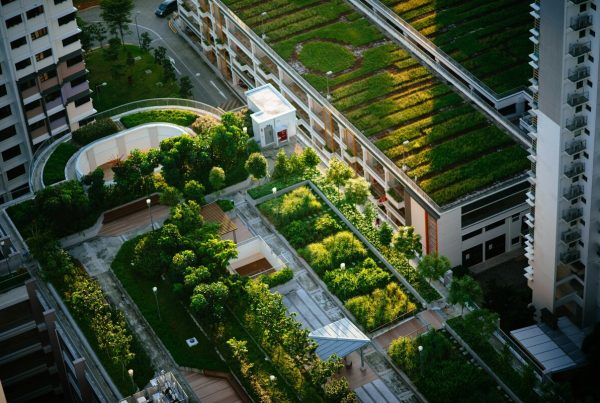Greenbuild EXPO 2013 is just around the corner, and with that comes the launch of the much-anticipated (and much-debated) LEED v4. The ballots have been passed, but at least one sector is wary about this new version: healthcare designers.
Compared to other LEED certifications, LEED for Healthcare (LEED HC) is a fairly new rating system that’s barely three years old. This was created in response to the healthcare industry’s unique and delicate needs, which LEED for New Construction (LEED NC) for instance cannot adequately address. Understandably, the standards set for LEED HC are more rigorous than the other LEED sectors, which is part of the reason why the industry isn’t too keen on LEED HC.
Also, as Barbara Horwitz-Bennett points out in HealthCareDesignMagazine, “the healthcare is a highly regulated industry, and in many cases, providers simply don’t want to take on the burden of yet another set of requirements.”
With the revised LEED v4, those standards have been upped even more—perhaps a little too demanding.
Says Russell Perry, co-director of sustainable design company SmithGroupJJR, “the industry is going to have to scramble to catch up to LEED in the materials realm. Very few products have EPDs [environmental product declarations], fewer have HPDs [healthy product declarations], and no one really knows how to do a comprehensive LCA [lifecycle assessments].”
On a brighter note, many existing LEED HC credits inspired the new credits in LEED v4, such as revised credits regarding water efficiency, Materials and Resources (MR) credits, and emphasis on the acoustic environment. Considering the new strict standards, this head start on credits is certainly welcome.
The added rigor and meticulousness of LEED v4 is for a good reason—it places another layer of assurance regarding the sustainability of buildings, down to the last square inch of material used. The enhanced transparency regarding product toxicity for example is doubly crucial in the healthcare setting.
Overall though, earning credits in LEED v4 becomes even harder, especially with regards to energy efficiency and the above-mentioned product declarations, which are dependent on manufacturers.
Thankfully, USGBC recognizes these difficulties in early adoption of LEED v4. As such, it is allowing projects a generous grace period of until June 2015 to sign up under LEED 2009, after which LEED v4 effectively takes over.
LEED v4 no doubt presents harder challenges for healthcare designers. In the end, though, these new and revised credits add up to a more sustainable industry.











